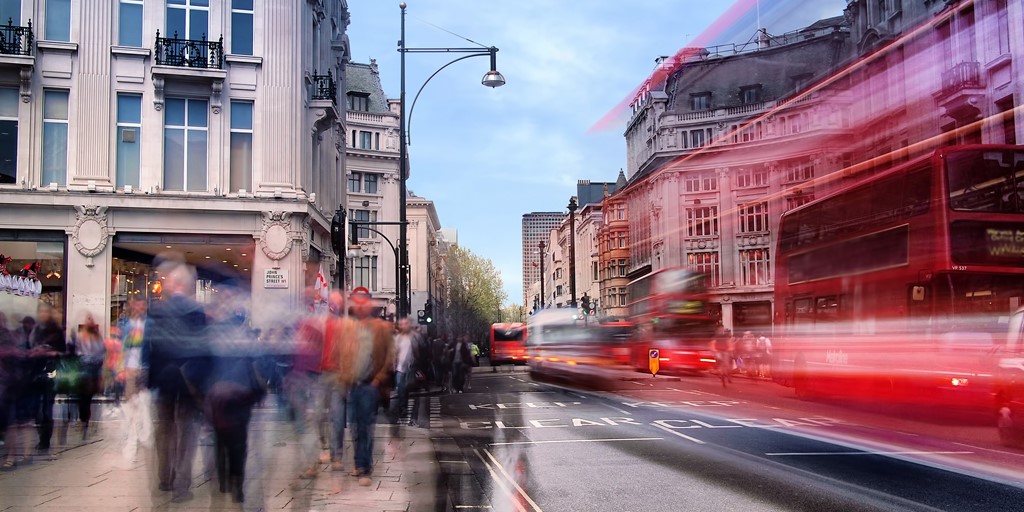
Travelling with A Greying Digital Nomad
The challenge was laid down. A digital convict wanted to experience the notion of being a digital nomad working from anywhere (WFA) and decided to choose a remote location (London) as part of the experiment.
Q. Why on earth would a greying, digital native travel essentially to the other side of the world (London) to test out the theory that Working from Anywhere (WFA) is in fact a viable option?
A. Because he could!
Q. And why London?
A. It was sufficiently far enough away to test the limits of the project and further, what better place for a digital convict of British heritage?
Getting organised prior to departure
The adventure began with the careful inclusion of the essential technologies for the experiment – a laptop (with the appropriate accesses) in this case a Lenovo Think Book 15 Gen 4; a Logitech wireless mouse and keyboard combination; a Logitech BCC950 Conference Cam; large Sasco event calendar (old school); and iPhone; a notebook (also old school); a tri-screen; and a London underground mousepad (not essential, but provides great comfort when you are looking to find your way around the city).
In some ways so simple – despite having to jettison a few bits of clothing to ensure falling below the maximum baggage allowance – the preparation was very straightforward.
Getting organised on arrival
On arrival, it was essential to quickly establish a space to work from with good light and access. A quality WIFI setup is essential – and most rental apartments/hotels have this facility available – in fact, it was the number one pre-requisite for actually selecting a venue to stay.
For an emergency scenario – the closest WeWork option was identified – just in case. These facilities are dotted throughout the CBD of London and provide a most useful fallback in case the planned resources cause any trouble. A virtual office will set you back about AUD$500 a month – not a bad option to be honest.
Getting your head around the time difference
In many ways, this was the hardest issue of all. There is a 9-hour difference (behind) between London and Sydney/Melbourne creating the need for an early start each morning (4 AM London time) and working through to mid-morning (9 AM London time). This provided a 1 PM to 6 PM window with colleagues on the other side of the world.
Real-time interaction was important and this was achieved through email, SMS, WhatsApp, TEAMS and Zoom. The immediacy of response was always impressive – and this made a major contribution to avoiding any sense of isolation.
This challenge was not particularly difficult – the constant reference to time calculation, on the other hand, was a minor challenge – but quite doable nevertheless. The laptop was set for Sydney/Melbourne time – and the mobile phone setting was London time. This assisted enormously.
Reflections of a New Digital Nomad
In all, the establishment of a workspace was very straightforward. Natural lighting is important, though this can be augmented with artificial lighting (lamps and the like) to quite a good level for video conferencing.
Good speed WIFI is essential – and was in fact not an issue.
Adjusting to the different time zones was also straightforward. Ideally landing in London on the weekend was a solid step. This gave time to adjust the body clock ready for operations on a Monday morning. This is highly recommended.
In all – I highly recommend the notion of WFA. The life of a digital nomad is not as remote as first thought.
Emeritus Professor Greg Whateley is the Deputy Vice-Chancellor and Vice President (Academic) – Group Colleges Australia.






